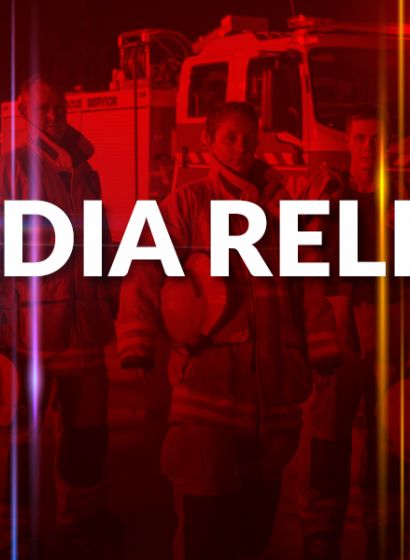Joint statement with Bureau of Meteorology
Northern Territorians are urged to prepare for upcoming cyclone season, and to remember that even tropical lows and ex-tropical cyclones can deliver huge rainfalls, damaging wind gusts and flooding.
The Bureau of Meteorology's Tropical Cyclone Outlook for the 2020-21 season, released today, predicts an ‘average to above average’ number of cyclones across northern Australia during the cyclone season, which runs from November to April.
La Niña conditions have influenced this year's outlook, with an increased chance of cyclone activity starting in early December compared to the average timing of late December.
Tropical cyclone formation is rarely spread evenly throughout the season. Often quiet periods are followed by bursts of activity. A handful of cyclones have developed outside of season, between July and October, but all remained well offshore from Australia's coast. The earliest cyclone to make landfall in the Territory was Tropical Cyclone Alessia on 24 November 2013.
The Bureau's NT Manager Todd Smith said Territorians need to prepare for the weather and flood hazards that occur every wet season and stay up to date with the Bureau's warnings.
"As Territorians know,the wet season will always throw something at us, so the key is to know what the weather or flood risks are for your area and have a plan in place before something happens," he said.
"The risk of a tropical cyclone impacting coastal communities somewhere across northern Australia is high. It's important to know your weather and know your risk – so you're ready to act and stay safe.
"Tropical cyclones and tropical lows can all bring heavy rainfall that can lead to flooding. With a wetter season on the cards, residents need to revisit their planning for floods as well as cyclones," he said.
NTES Director Fleur O'Connor is urging Territorians to prepare now for cyclone season.
“Territorians are known for being laidback. One thing you should not be complacent about is cyclone preparedness,” she said.
"We know that when a cyclone impacts a community, people can be without power or water for days at a time. Now is the time to prepare your cyclone kit so that you can make it through the impact.
“This year we should also ensure our cyclone kits include a supply of hand sanitiser and face masks.
“In the Northern Territory, flooding is a common occurrence during the wet season. If you come across a flooded road, do not risk your safety by entering the water. If it’s flooded, forget it.
“For information relating to cyclones and emergency weather events Territorians should go to the SecureNT website and Facebook page.
“132 500 is the number for the Hotline for SES if you need help as a result of emergency weather events. In life threatening emergencies, always contact triple zero.”
Summary of the Tropical Cyclone Seasonal Outlook for the Northern Territory:
- On average 2-3 cyclones form in NT waters each wet season, with 2 crossing the coast
- This cyclone season the outlook predicts average to above average numbers of cyclones forming in NT waters
- The long-term average number of cyclones for the Australian region is 11 and has been slowly declining. Since 2000, on average 9 cyclones have formed in Australian waters, with 4 crossing the coast
- The first tropical cyclone to form in Australian waters this season will be named Imogen.
More information:
- Tropical cyclone warnings and information www.bom.gov.au/weather/cyclone
- All severe weather warnings including flood http://www.bom.gov.au/nt/warnings/
- Household Emergency plans and other preparation information http://www.securent.nt.gov.au
- General information and videos about tropical cyclones www.bom.gov.au/climate/cyclones/australia
- Tropical Cyclone Knowledge Centre: http://www.bom.gov.au/cyclone/tropical-cyclone-knowledge-centre/


